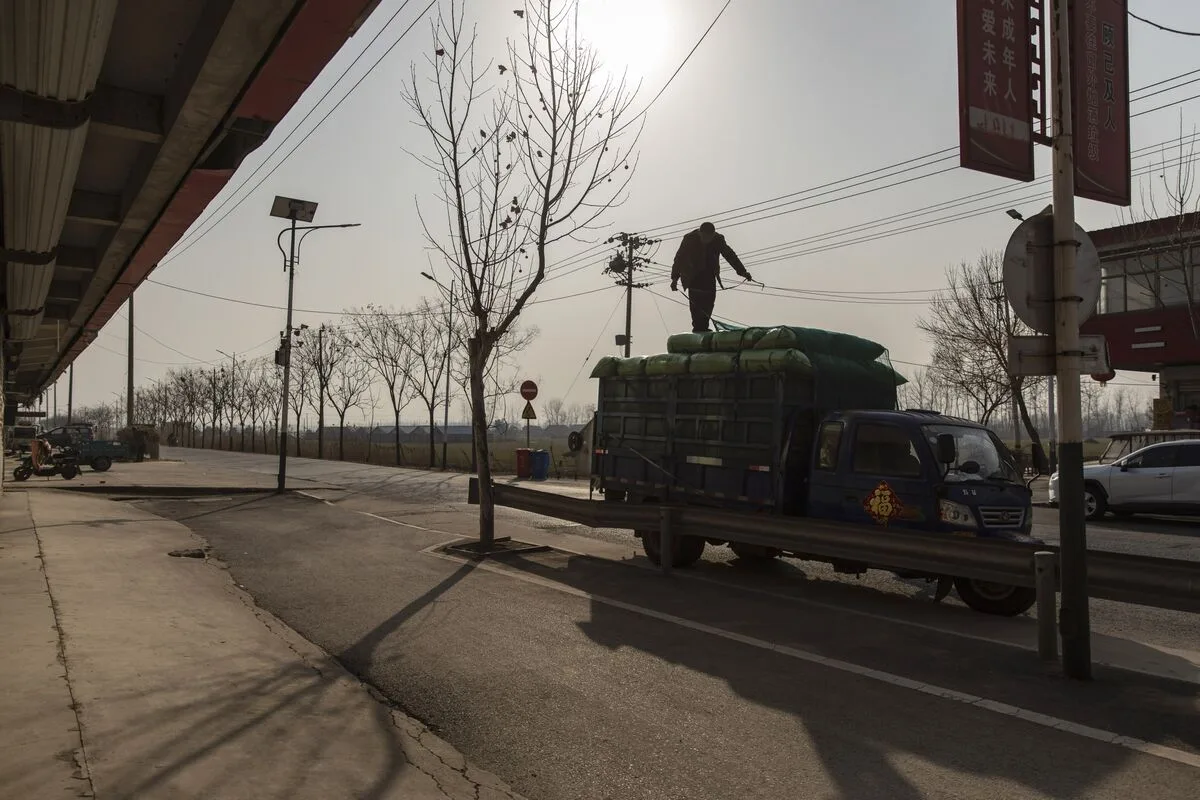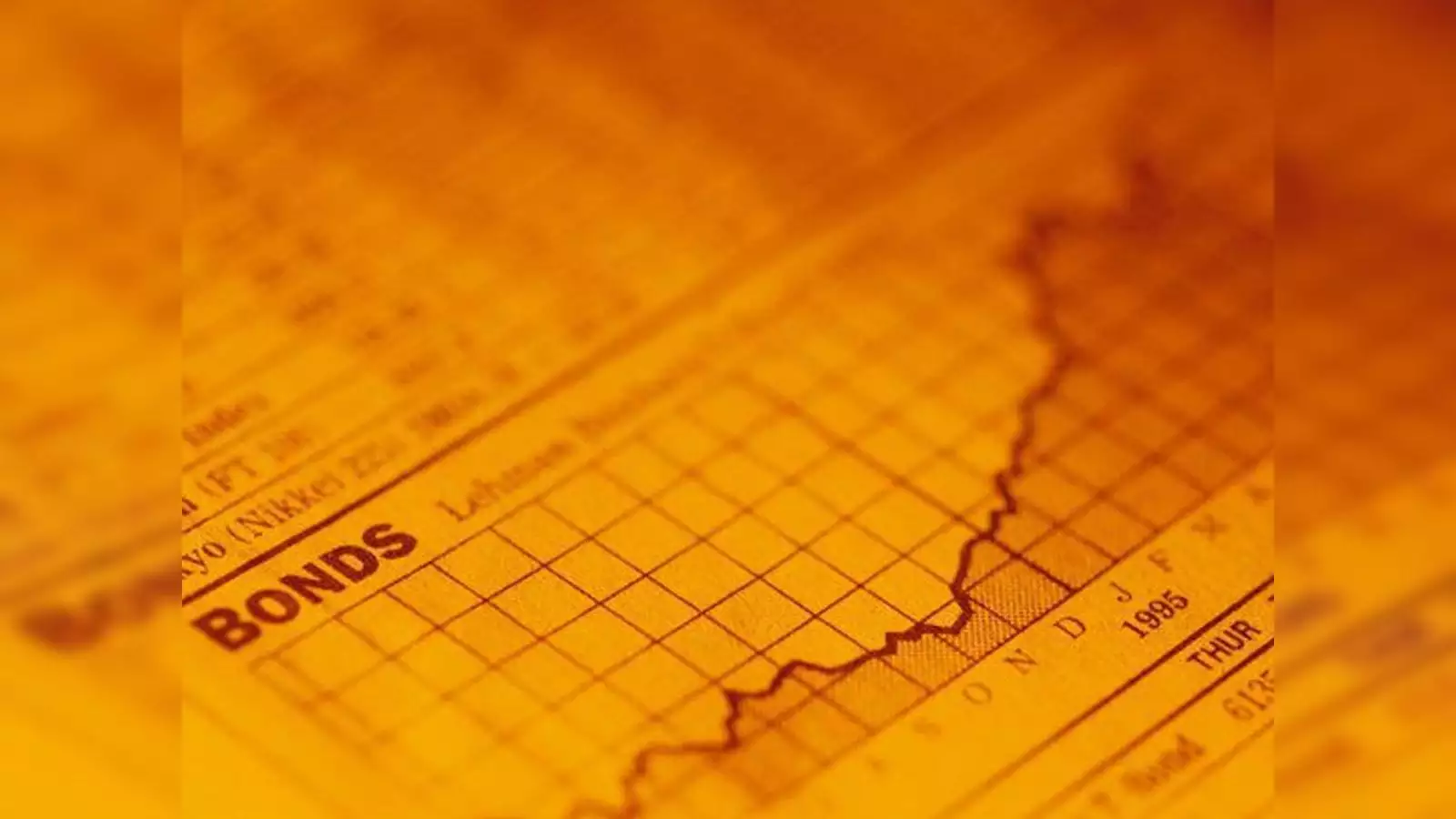The People’s Bank of China (PBOC) has taken action to cool down a fervent bond market by withdrawing cash from circulation. This unexpected move comes as bond prices have soared due to anticipations of further monetary easing measures. The central bank’s intervention suggests growing concern over potential asset bubbles and financial instability. While some analysts interpret this as a signal to temper easing expectations, others view it as a strategic maneuver to address speculative behavior while maintaining overall support for the economy.
Key Points
1. PBOC Withdraws Cash from Banking System
The People’s Bank of China unexpectedly withdrew cash from the banking system amidst a surge in Chinese government bond prices.
2. Surge in Bond Prices
This move comes amidst a surge in Chinese government bond prices, driven by expectations of further monetary easing.
3. Concerns Over Asset Bubbles
The PBOC’s action signals concern about potential asset bubbles and financial risks.
4. Analysts’ Perspectives
Analysts are divided on whether this signifies a shift away from easing or a temporary measure to curb excessive speculation.
The Surge in Bond Prices
Recent Trends in the Bond Market
The Chinese bond market has experienced a significant surge in prices, driven by investor expectations of continued monetary easing. This surge has been fueled by hopes of lower interest rates and increased liquidity in the financial system.
Expectations of Monetary Easing
Investors have been anticipating further monetary easing measures from the PBOC to support economic recovery post-pandemic. These expectations have led to a buying frenzy in the bond market, pushing prices to new highs.
PBOC’s Intervention
Details of the Cash Withdrawal
In an unexpected move, the PBOC withdrew cash from the banking system to temper the overheated bond market. This intervention involved reducing the liquidity available to banks, effectively slowing down the rapid rise in bond prices.
Immediate Market Reactions
The market reaction to the PBOC’s intervention was swift, with bond prices stabilizing as investors recalibrated their expectations. The move was seen as a clear signal from the central bank to curb excessive speculation and maintain financial stability.
Concerns Over Asset Bubbles and Financial Risks
Potential Asset Bubbles
The PBOC’s action highlights concerns over the formation of asset bubbles in the bond market. An unchecked rise in bond prices could lead to unsustainable valuations, posing risks to the broader financial system.
Financial Stability Concerns
Financial stability is a key priority for the PBOC. The central bank’s intervention reflects its commitment to preventing financial imbalances and ensuring a stable economic environment. This balancing act is crucial in maintaining investor confidence and avoiding systemic risks.
Analysts’ Perspectives
Shift Away from Easing?
Some analysts interpret the PBOC’s intervention as a potential shift away from further monetary easing. This view suggests that the central bank is prioritizing financial stability over aggressive economic stimulus.
Temporary Measure to Curb Speculation?
Other analysts see the move as a temporary measure to curb speculative behavior in the bond market. They believe the PBOC will continue to support the economy with targeted easing measures while managing financial risks.
Broader Economic Implications
Balancing Growth and Stability
The PBOC’s intervention underscores the delicate balance between stimulating economic growth and maintaining financial stability. This balancing act is crucial for sustainable long-term growth and avoiding economic overheating.
Impact on Domestic Economy
The move to cool the bond market could have mixed effects on the domestic economy. While it may temper speculative activity, it could also slow down economic momentum if liquidity conditions tighten too much. The PBOC will need to carefully manage its policies to support growth without exacerbating financial risks.
Global Market Repercussions
International Market Reactions
The PBOC’s intervention in the bond market is likely to have ripple effects on global financial markets. Investors worldwide will be closely monitoring China’s monetary policy decisions and their impact on global liquidity and investment flows.
Investment Strategies Worldwide
Global investors may adjust their strategies in response to the PBOC’s actions. A more cautious approach to Chinese bonds and related assets could emerge, with increased focus on risk management and diversification.
The Delicate Dance of China’s Economic Strategy
Stimulating Growth vs. Mitigating Risks
China’s economic strategy involves a delicate dance between stimulating growth and mitigating financial risks. The PBOC’s intervention is a testament to the challenges of navigating this complex landscape, especially in the wake of the pandemic.
Policymaking Challenges
Deft policymaking and constant adaptation are required to balance these competing priorities. The PBOC’s actions will need to be finely tuned to address both immediate market conditions and longer-term economic objectives.
Future Outlook
Predictions for PBOC’s Next Moves
Looking ahead, the PBOC may continue to employ a mix of targeted easing measures and interventions to manage market dynamics. Close monitoring of economic indicators and market responses will be crucial in shaping future policy decisions.
Long-term Economic Strategy
China’s long-term economic strategy will likely focus on achieving sustainable growth while maintaining financial stability. The PBOC’s role will be pivotal in guiding the economy through periods of volatility and ensuring a resilient financial system.
Conclusion
The People’s Bank of China’s intervention to cool the bond market highlights the delicate balance between stimulating growth and maintaining financial stability. This move signals the central bank’s commitment to preventing asset bubbles and ensuring a stable economic environment. While the immediate impact is a tempering of the bond market, the broader implications for China’s economic strategy and global financial markets are significant. As China navigates this complex landscape, the PBOC’s actions will be closely watched by investors and policymakers worldwide.
Frequently Asked Questions (FAQs)
Why did the PBOC withdraw cash from the banking system?
The PBOC withdrew cash from the banking system to cool down an overheated bond market and prevent potential asset bubbles and financial risks.
What are the concerns over asset bubbles in the bond market?
Unchecked rises in bond prices can lead to unsustainable valuations, posing risks to the broader financial system and potentially leading to financial instability.
How did the market react to the PBOC’s intervention?
The market reacted by stabilizing bond prices as investors recalibrated their expectations, interpreting the move as a signal to curb excessive speculation.
What are the broader economic implications of this intervention?
The intervention underscores the delicate balance between stimulating economic growth and maintaining financial stability, impacting both the domestic economy and global markets.
What are the global market repercussions of the PBOC’s actions?
The PBOC’s intervention could influence global financial markets, affecting investment strategies and prompting a more cautious approach to Chinese bonds and related assets.
What is the future outlook for China’s economic strategy?
China’s long-term economic strategy will focus on sustainable growth and financial stability, with the PBOC playing a pivotal role in navigating market dynamics and ensuring a resilient financial system.
External Sources
============================================



